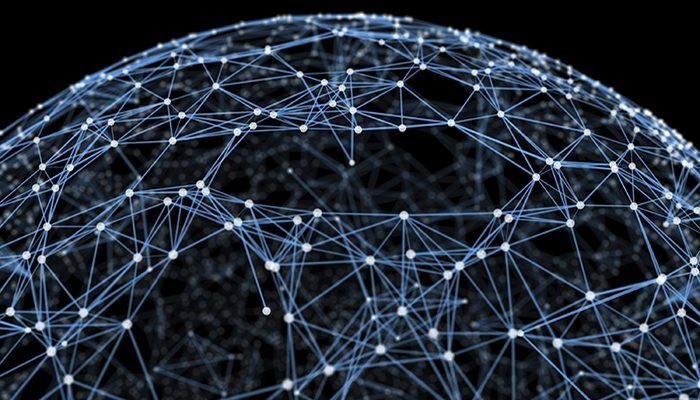The IoT opportunity awaiting field service
May 25, 2015 • Features • Future of FIeld Service
The Internet of Things is going to change everything, especially field service, Tim Faulkner of ClickSoftware explains why...
Much has been made of the Internet of Things (IoT). For many years now the concept of a plethora of interconnected devices working together has been mooted.
Devices communicating with one another to share information, pass content, allow for tasks to be completed -all creates a grand mesh of interlocking technology that allow for people to be connected anywhere and anytime.
To do this, more devices will need to become “smart”. They will require a constant connection to the internet or to other devices in order to communicate. From traffic lights, to door locks, to home heating systems, everything will be connected to the internet and working in harmony with other smart devices. Take the traffic light as just one thing that will change in the IoT.
It is regulating traffic while the information it observes is sent to the central command hub, which is then shared with the vehicle and driver half a mile down the road to urge them to change speed and ease congestion. Three disparate objects are working together thanks to the interconnectivity an IoT curates.
There is no point having an IoT car when as soon as you leave the city, all the functionality becomes redundant. Equally, the hardware needs to change.
Each piece of equipment, product, and even building, needs to have connectivity built into it. We are already seeing items like tablets built specifically for businesses to support fieldworkers in any kind of environment and effectively communicate with other mobile workers.
But IoT technology will see that taken a step further. Hard hats, wristbands, tools – all will have sensors built-in to allow for interaction with other smart devices.
Because of these initial hurdles, we are still some way off that point, but we are seeing early signs of enterprise adopting the approach and looking at where connected devices can work together to make tasks a little easier. With the launch of a range of new smartwatches, most notably the Apple Watch, we now have devices that function far more effectively when connected to another device. Arguably, this is the first mainstream example of the IoT making its way into our everyday lives.
Meanwhile, at the recent CeBIT event in France, the talk of the technology show was the impending influence a Connected Economy is going to have.
Think of the Connected Economy as the opening foray into a full IoT concept, with devices that have some interconnectivity and some that are wearable too. Each device gains, shares, and passes information from one to another, all of which is then captured and controlled from a central hub.
For enterprise companies, the potential for this technology is significant. If you are running a big logistics project for example, much of the success or failure of the project hinges on human error.
Workers are constantly checking in, updating stock, and ensuring the right rosters of skills and expertise are in place.
An automated system which is instantly updated thanks to connected devices will go a long way to eliminating the risk of human error, and should allow people to get on with the job they have been asked to do, rather than the often time consuming administrative elements.
Cisco has predicted that the Internet of Everything, their take on IoT, could be worth $14.4 trillion of value for enterprises globally ahead of 2022.
The reason for this is because the concept opens up a whole new platform for businesses to operate in, from streamlining costs, to using cloud services to hosting data, to designing and implementing the new smart devices.
It is streamlining of costs where businesses will see the most value. Data can be collected in the field, sent back, and then the appropriate task and resource assigned.
Devices stationed in remote locations will be able to flag when maintenance is due, or when damage has been sustained. That data can then be shared and a team dispatched to handle the issue.
As consumers, we will receive a package at home and the moment the smart box is opened, that will be the signal the job has been completed There is a huge opportunity for all businesses in the IoT space. Our growing dependence on smartphones suggests the concept of always being “on” is one that appeals to people.
To get to that point however, we will need to see dramatic improvements in connectivity and an overhaul of how we produce items. Connectivity now needs to be at the heart of how products are designed to ensure this grand mesh of technology interacting together leaps from the pages of theory into the practice of reality.
Find out more about ClickSoftware in the Field Service News Directory




















 Field Service News is published by 1927 Media Ltd, an independent publisher whose sole focus is on the field service sector. As such our entire resources are focused on helping drive the field service sector forwards and aiming to best serve our industry through honest, incisive and innovative media coverage of the global field service sector.
Field Service News is published by 1927 Media Ltd, an independent publisher whose sole focus is on the field service sector. As such our entire resources are focused on helping drive the field service sector forwards and aiming to best serve our industry through honest, incisive and innovative media coverage of the global field service sector.
Leave a Reply